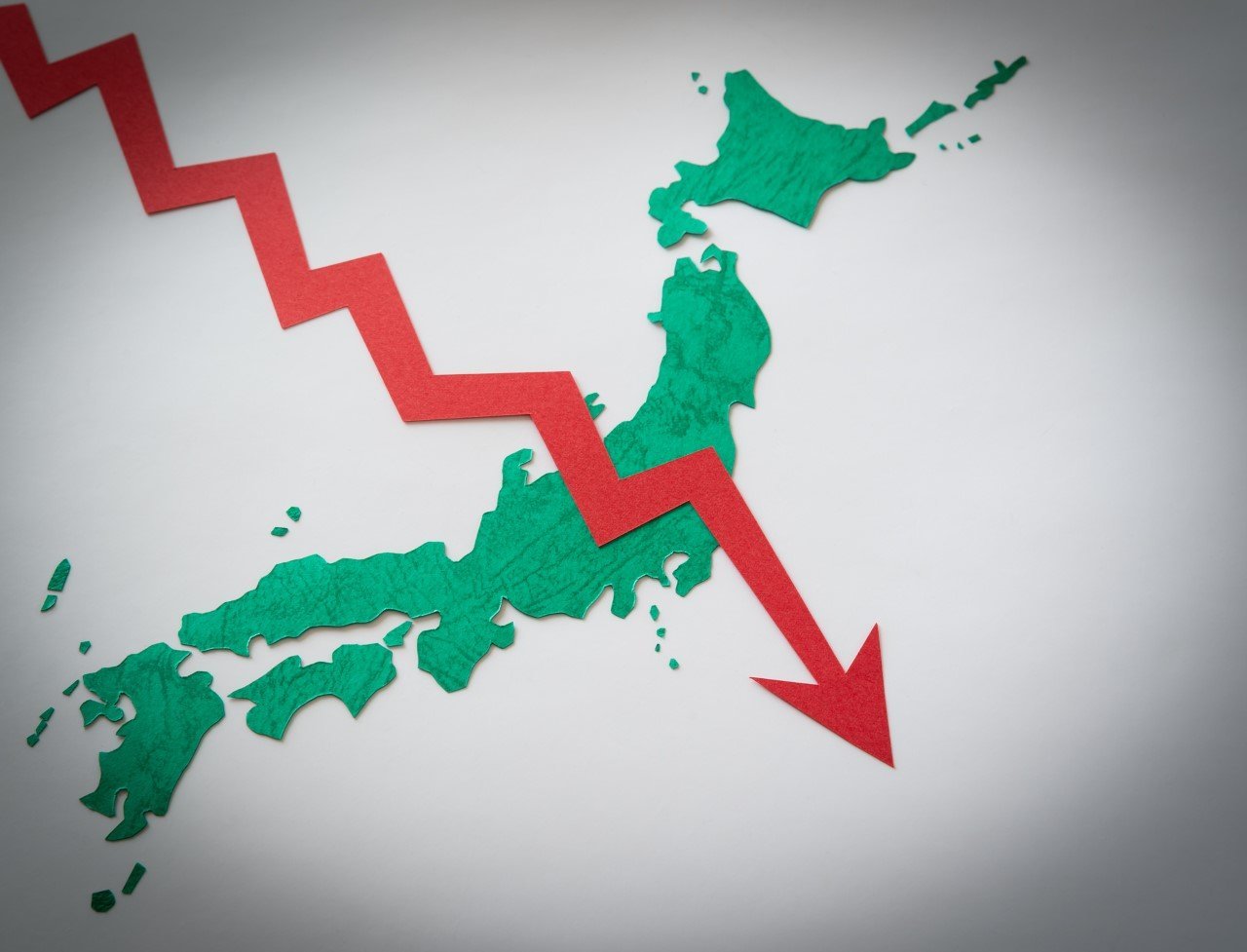2012/06/13
No. 152: Hiroshi Yoshikawa, "Japan's Aging and Deficits"
[PDF version]
Deficits, deficits and deficits! The post-Lehman "Great Recession" and aging populations have turned public deficits into a global problem. The G8 meeting held in Washington, DC in May 2012 emphasized the importance of economic growth, but underlined once again the serious problem of deficits that the world faces. The euro crisis is immediate. The appreciation of the yen against the euro is, however, an irony because Japan's fiscal deficits are actually the worst among the advanced countries. Japan's debt/GDP ratio (including local governments), for example, now exceeds 200 percent as against 90-100 percent for Canada, France, Germany, the UK and the US, 120 percent for Italy, and 160 percent even in Greece.
A natural question is why and how so much debt has been accumulated. Beginning in the early 1990s when the big bubble burst, the Japanese economy entered a long period of stagnation dubbed "the lost decade or two." The tax revenue that had once reached 60 trillion yen fell to 40 trillion yen. This is certainly one reason for the increase in deficits. At the same time, an increase in public expenditures, particularly public investment as a means of combating the serious recession, contributed to deficits during the 1990s. This was basically the same thing that happened in many other countries during the "Great Recession". An intentional expansion of public expenditures coupled with a decrease in tax revenues produced deficits, but the debt/GDP ratio as of the year 2000 was still 130 percent.
Beginning in 2001, Japan under the Koizumi administration turned to fiscal consolidation; public investment was cut in half for a decade. Despite such efforts, though, deficits have risen. The reason is that public expenditures for sustaining the social security system - the public pension scheme, the nationwide medical insurance scheme, and the elderly nursing care insurance scheme - keep rising.
The nationwide social security system established in 1961 has made great contributions to post-war Japanese society. For example, Japan's average life expectancy as of the year 1950 - 58 years for males and 61.5 years for females - was the shortest among the advanced countries. Today, Japan enjoys the world's longest life expectancy at 83 years (2009). The steady rise in average income in post-war Japan no doubt helped in this historic improvement of welfare, but social security is also believed to have made a significant contribution.
So far, so good. The problem is that the social security system now faces serious financing problems due to rapid aging. The major beneficiaries of the system are the aged, while taxes and social security contributions are paid mainly by the working population. Thus, aging simultaneously brings about a decrease in revenues and an increase in payments. Obviously, this poses a challenge. The ratio of the aged (65 years and older) to the working population (20-64 years old) was one-to-nine in 1965, but is expected to be nearly one-to-one by 2050. Yes, aging is not unique to Japan - China, too, will face the same problem this century - but the pace of aging in Japan is the fastest among all nations.
In 2011, total social security benefits amounted to more than 100 trillion yen, one-fifth of the country's gross domestic product (GDP). Only 60 percent of these benefits are covered by social security contributions. The remainder, namely 40 trillion yen, comes from taxes or, more precisely, public deficits. In this way, deficits in the social security system add to public deficits. The national budget for fiscal year 2012 is 90 trillion yen. Of this 90 trillion yen, 22 trillion yen will go to interest payments and debt service and 17 trillion yen to local governments as transfer payments. These expenditures are not discretionary on the part of the central government. The remaining 51 trillion yen is for various public purposes such as social security, education, R&D, defense, public investment and ODA. The lion's share (28 trillion of this 51 trillion) is for social security. All expenditures except those for social security have been steadily cut over the last ten years, while the expenditures for sustaining social security programs have climbed by more than 1 trillion yen per year. The reason is simply aging. Every year, people get one year older and more people start receiving pensions. Given the present system, the government must then put more money into the system. Likewise, the medical costs of the aged are five times higher than those of the working population. Again, this requires the government to put more money into sustaining nationwide medical insurance. Social security and aging constitute the core of Japan's public deficits.
How can we solve this problem? The answer is straightforward. First, we raise the consumption tax rate. At the same time, we need to make social security compatible with a rapidly aging society. Let me concentrate on the first. Japan's consumption or value-added tax (VAT) rate is currently 5 percent. This tax rate is literally the lowest in the world; only Canada and Taiwan have 5 percent VAT rates. The EU imposes a minimum VAT of 15% on member countries. By global standards, then, there is ample room for Japan to raise its VAT rate. In fact, one might argue that this is precisely the reason why Japan's bond rate is still less than one percent, despite the world's worst debt/GDP ratio.
Japan raised the consumption tax rate from 3 to 5 percent in 1997. Unfortunately, the economy fell into a severe recession beginning in the fall of that same year. Policy discussions on consumption tax today are haunted by the trauma of this experience. I believe that the major cause of the 1997-98 recession was not consumption tax but the financial crisis and the Asian currency crisis that occurred in the fall of 1997. Several major financial institutions went to bankruptcy in 1997 because of bad loans. The situation was similar to the Lehman crisis in 2008, and occurred because the authorities left unresolved the long-recognized problem of bad loans for more than five years after the bubble burst. The lesson of 1997 is that we must not put off addressing serious problems but instead resolve them as soon as possible.
Plainly, the most serious economic problems Japan faces today are its mounting public deficits and unsustainable social security programs. The obvious first step for solving these problems is to raise the consumption tax. The right direction must be clear enough to everyone.
Dr. Hiroshi Yoshikawa is Professor of Economics, The University of Tokyo.
The views expressed in this piece are the author's own and should not be attributed to The Association of Japanese Institutes of Strategic Studies.





